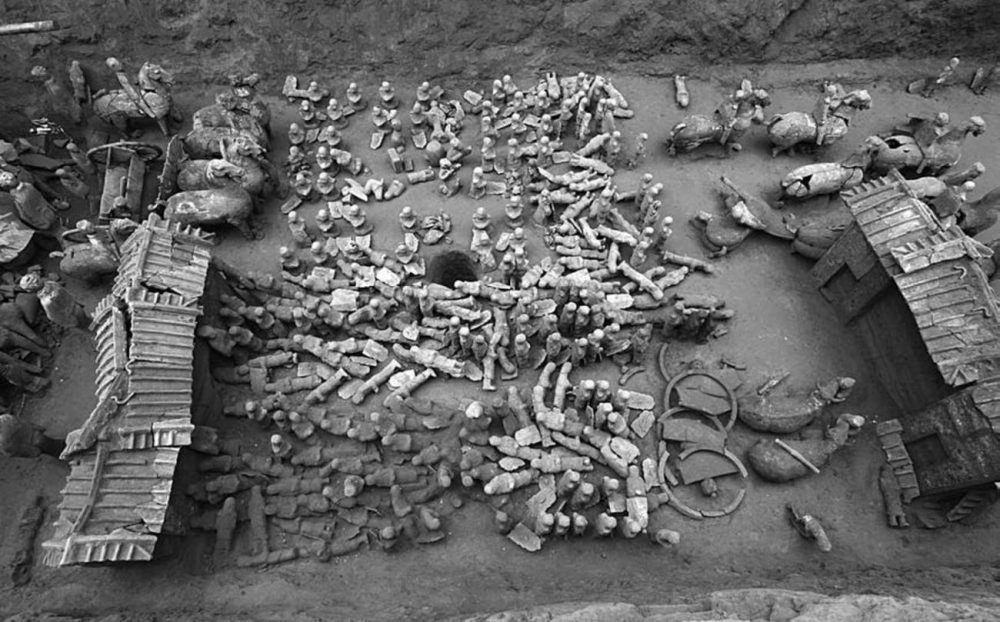Until recently, history’s lens largely bypassed Slovenia’s coastal regions during the Roman Empire, favoring the opulent cities nestled within the Pannonia province. This narrative underwent a profound transformation following the revelation of a long-lost ancient port in Portorož, brought to light by persistent archaeological endeavors spanning from 2017 to February 2024. Despite challenges posed by limited visibility, the divers’ perseverance paid off as they encountered intact layers dating back to Roman times. The site revealed an assortment of ceramic artifacts, including amphorae, kitchen utensils, and exquisite tableware. Notably, the discovery of a keel element, two masts, and numerous wooden stakes pointed to the existence of a well-organized maritime facility.
Ancient Roman Heritage
Researchers from the ZaPA (Zavod za podvodno arheologijo – Institute for Underwater Archaeology) believe these findings suggest that, in late antiquity, there existed not just any port, but a strategically positioned mooring equipped with wooden structures for either protection against the sea or facilitating communication with the mainland. This quiet stretch of coast, previously overlooked, now stands as a testament to the ingenuity and reach of Roman maritime endeavors. Marked for extensive study, these underwater ruins beckon historians and archaeologists alike to delve deeper into their secrets. The aim is to fully grasp the port’s role and significance within the vast network of Roman trade and military routes.
Unveiling The Secrets of the Roman Empire
As the sea off Portorož gradually unveils its secrets, we find ourselves on the verge of redefining history, gaining deeper insights into the lives of those who navigated these waters millennia ago. The uncovering of Roman ruins in Slovenia does more than just expand our knowledge of the past; it underscores the remarkable achievements of Roman engineering and their strategic mastery over the seas. With each artifact brought to the surface, researchers peel back layers of history, uncovering complexities and connections between ancient societies that challenge our preconceived notions of the past. This journey into the deep not only fascinates but invites us to rethink narratives once considered complete.
I wonder how many more similar archaeological sites are hidden beneath the sea, from Slovenia, all the way south toward Croatia and its “countless” islands.








![A piece of decorated ivory retrieved from the ruins. [PHOTO/XINHUA]](https://curiosmos.com/wp-content/uploads/2024/12/A-piece-of-decorated-ivory-retrieved-from-the-ruins.-PHOTO-XINHUA-350x250.jpeg)


